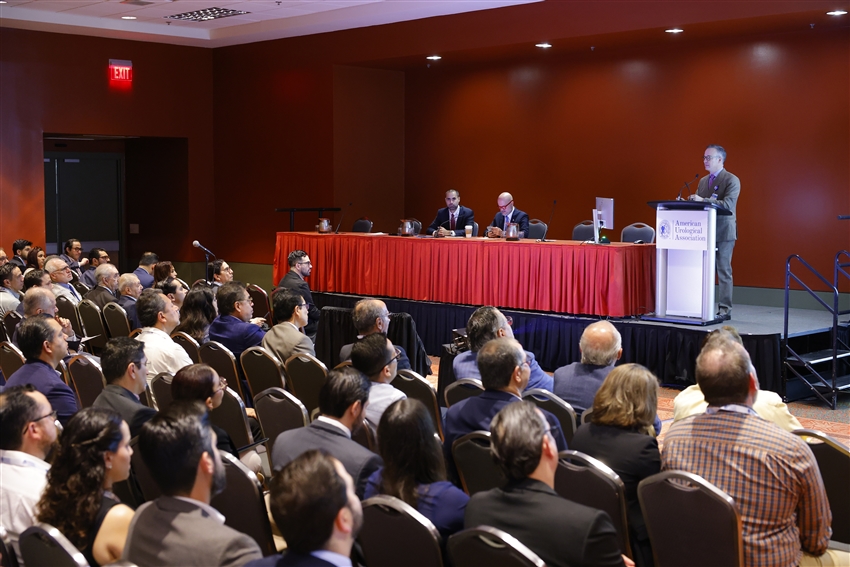Attention: Restrictions on use of AUA, AUAER, and UCF content in third party applications, including artificial intelligence technologies, such as large language models and generative AI.
You are prohibited from using or uploading content you accessed through this website into external applications, bots, software, or websites, including those using artificial intelligence technologies and infrastructure, including deep learning, machine learning and large language models and generative AI.
advertisement
advertisement
Member Advantages
- Stream the Evolving Landscape of Advanced Prostate Cancer Today!
- AS SEEN AT AUA2024! This complimentary on-demand CME course equips urologic professionals with the knowledge and skills needed to effectively manage patients with advanced prostate cancer. Through a comprehensive exploration of guidelines, treatment modalities, and emerging therapies, viewers will gain a thorough understanding of this complex disease and its evolving treatment landscape. Watch Now
- SCIENCE & QUALITY FELLOW PROGRAM: Applications DUE July 24th!
- This program is designed to educate urology residents, fellows, and postgraduates about the AUA’s science and quality initiatives and nurture the next generation of urology leaders by providing opportunities to gain critical insight and information needed to drive high-quality, evidence-based medicine and care. Learn More
- AUA Corner with the Polish Urological Association
- Dr. Keith John Kowalczyk honors his Polish roots in the AUA Corner article for the Polish Urological Association entitled: From Kępa Polska to Georgetown: The Legacy of Jan Kowalczyk. Read Now
Upcoming Events
Latest from Journals
JU | May 2024
Early Detection of Prostate Cancer: AUA/SUO Guideline Part I: Prostate Cancer Screening
The summary presented herein covers recommendations on the early detection of prostate cancer and provides a framework to facilitate clinical decision-making in the implementation of prostate cancer screening, biopsy, and follow-up. This is Part I of a two-part series that focuses on prostate cancer screening. Please refer to Part II for discussion of initial and repeat biopsies as well as biopsy technique.

Census By the Numbers
Less than 20% of urologists would provide telehealth services if reimbursement were reduced below parity with in-person services.
Learn MoreLess than 10% of reported primary practice locations are in non-metropolitan areas.
Learn MoreThere were 14,176 U.S. practicing urologists in 2023, a 1.4% increase from 2022.
Learn More




